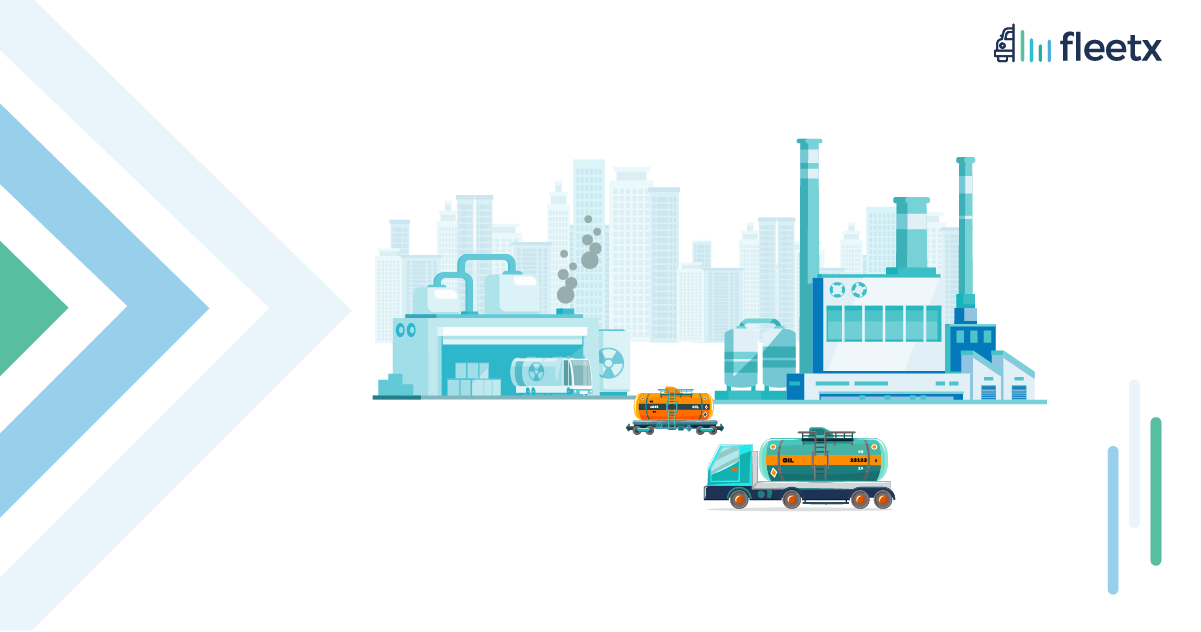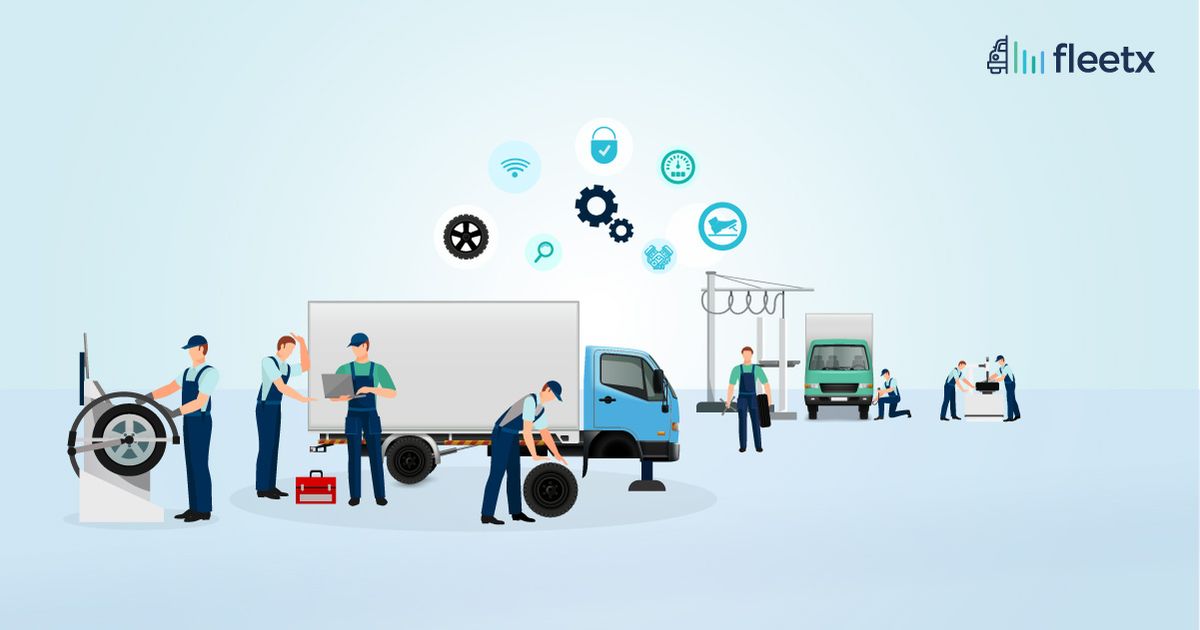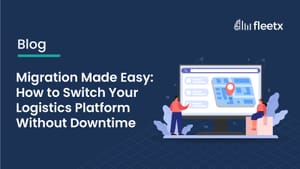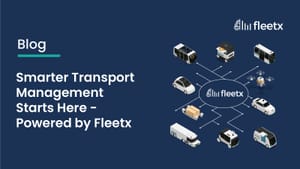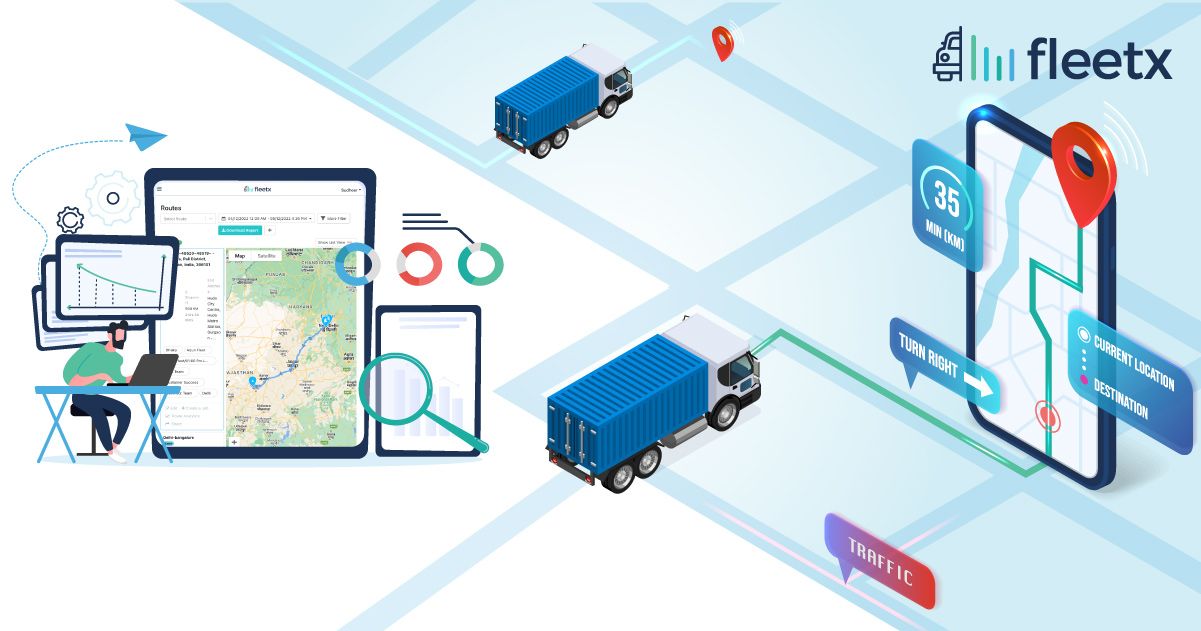
The logistics cost in India is relatively high compared to its global peers standing at 13-14% of the country’s GDP. India’s logistics sector is over-dependent on road transportation for facilitating the movement of logistics across the country. 60% of all logistics in the country is facilitated through road transportation compared to 25% dependence globally. The logistics cost for road transportation is around Rs 3.6 per kilometer per metric tonne. Fuel cost accounts for an estimated 40-60% of the operational cost for individual transporters or transportation companies. In 2021 freight charges were up by 25-30% when India was experiencing a rapid fuel price hike as diesel and petrol costs crossed Rs 100 across several states due to turbulence in global fuel prices. Moreover, India is a major fuel importer that imports over 80% of its fuel requirement annually. Any turbulence in global fuel prices will exponentially affect business logistics costs. Other factors affect the logistics cost to a certain extent, but fuel cost remains the most significant. So what should businesses and transporters do to control the uncertainty over the cost of operations and revenue? The short answer to that question calls for minimizing the cost of transportation, and for that, either fuel prices need to be controlled or operating efficiency needs to be increased. While businesses have no control over fuel price trends, they can certainly take certain steps to maximize their operating efficiency.
What does route planning mean?
The concept of route planning is familiar to businesses and transporters in India. The route that a cargo-carrying truck will take to transport the goods from point A to B is planned before the trip by fleet managers. The idea is to minimize the uncertainty during the trip while providing the customers with a certain time frame related to the transportation of their cargo. For intra-city transportation, route planning is further complicated due to multiple shipping and drops. We talk about route planning in a more nuanced context.
“ Route planning is the process of computing the most effective method of transportation, either through one or several stops, to make transportation as cost-effective as possible. In addition to using route planning to improve daily performance, businesses use route planning software to determine the best short and long-term transportation strategies for their businesses. "
Integration of technology and the use of Data & analytics have pushed route planning beyond planning routes. Route planning software is increasingly being used by businesses and transporters that collect critical transportation-related data to provide the user with the most cost-effective routes to manage their transportation. Moreover, data collected through the trucks’ telematics system, along with other transportation and driver-related data, including real-time traffic data, makes it possible for these software to offer better route optimization in real-time, thus, improving daily performance as well.
Types of route planning
Route planning is done based on the transportation requirements of the business. For example, transportation requirements for a coal mining company would be very different from that of a courier company or online grocery company.
- Depot-to-Depot route planning applies to businesses that require or need to plan their deliveries directly from one point to the other. Trucks usually start with an empty or full load, and the truck driver must pick up/drop cargo between two fixed locations.
- Multi-stop route planning is used when the truck needs to deliver cargo to multiple locations on the go. Route planning, in this case, can be done by creating multiple stops in the delivery route. After receiving the inputs, the software determines the best route the truck driver can follow to maximise efficiency.
- Dynamic route planning is suitable for transport operations of businesses where new routes need to be continuously identified and trucks rerouted. Dynamic route planning allows you to determine the vehicle's current location at any given time, thus helping the truck stuck in traffic or in cases of a breakdown. Assigning a different truck to complete the delivery is also possible in dynamic route planning.
- Open Path routing usually applies to 3PL logistics providers that must complete a maximum number of deliveries in the shortest amount without returning to the loading depot. Food delivery companies rely on open path routing to perform faster deliveries due to the nature of their business. On the other hand, a Reverse Open Path routing allows the truck to make the furthest delivery stop first and edge closer to the depot towards the end of their delivery.
- Closed Path routing allows the truck to start its deliveries from the depot and end at the nearest drop location to that depot, following a U-shaped path. The trucks can save on the extra distance they need to travel between the final stop and the depot.
What are some of the key benefits of route planning?
Apart from the obvious benefit of predetermined routes for cargo transportation, there are two key benefits that make a compelling case for businesses to integrate route planning software in their transport operation.
Cut transportation cost
As discussed, transport operations in India are expensive and incur a huge cost for businesses, particularly due to fuel expenses. Cargo trucks on route face issues like,
- engine idling due to traffic congestion
- rerouting due to unwanted road constructions and closures
- drivers facing long driving hours due to unplanned routes
- lack of real-time data available to customers
- risk of fuel wastage due to backtracking
The issues mentioned above can increase the cost of transportation for businesses. However, route planning software can help businesses minimize such issues by more effectively planning routes for their transport vehicles.
Offer better customer experience
Businesses scale on efficiency and uncertainty related to shipment delivery can negatively affect efficiency. A route planning solution will allow transporters and businesses to provide accurate and real-time shipment tracking at all times. Even if there is a possible delay, the ETA provided to the customer would be accordingly adjusted, thus, limiting the scope of uncertainty.
Why should your business use a route planning software?
Let's track back a little bit and look at the solutions of systems used by businesses and transporters to track different variables that affect their transport operations. The most used device is the in-built odometer pre-installed in trucks which track the speed and distance based on the vehicle's wheel rotations. Several transporters charge their customers based on the distance covered during the trip, which is usually calculated based on the readings from the odometer. Using an odometer for cost management might be useful but is prone to manipulation and cost leakages as the customer has no insight into the route taken by the transport. GPS-based vehicle tracking systems have become increasingly popular due to their utility and accuracy as they are based on satellite data. A GPS-based transport management system also substantially improves supply chain visibility by providing real-time data. Route planning software are also GPS-based and, therefore, can collect more accurate data and provide the most cost-effective and optimized routes. Using route planning software eliminates the issue of any manipulation from the transporter's end by making the entire transport operation transparent. It means no more unwanted stoppages and reduced risk of rerouting, thus allowing the business or transporter to deliver the same output in a shorter time and cover a shorter distance. Thus, saving fuel and increasing longevity by reducing the wear and tear incurred by the vehicle.
Final Verdict
We have discussed how route planning software reduces the average fuel consumption for transporters by making transport operations more efficient. For large businesses and transporters that operate hundreds of trucks, the cost saving will be quite significant when you factor in the additional benefits such as reduced fleet maintenance and increased business output.

